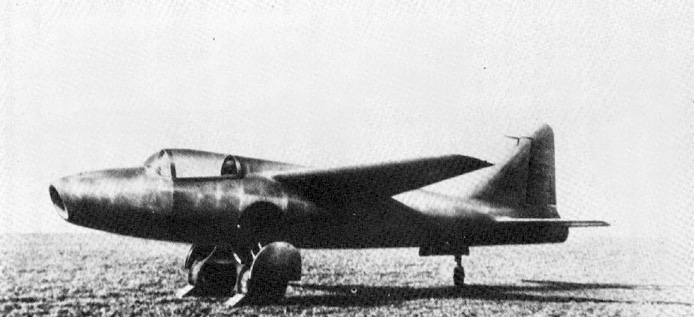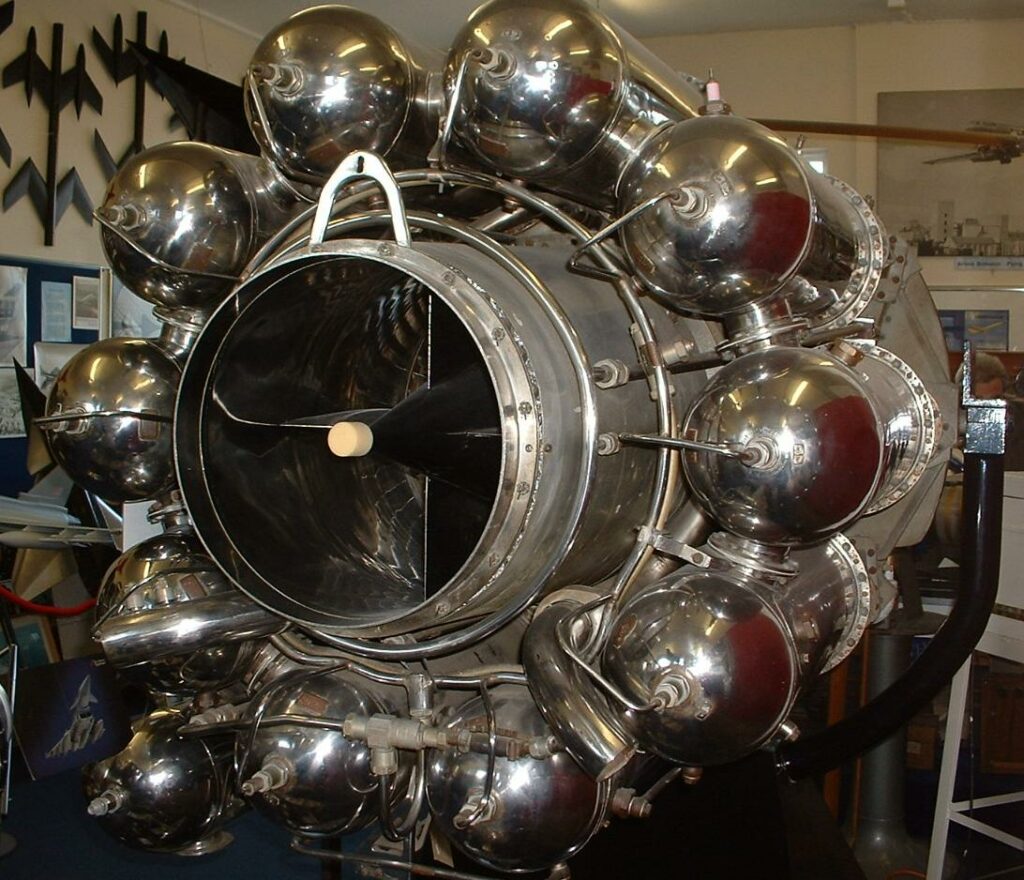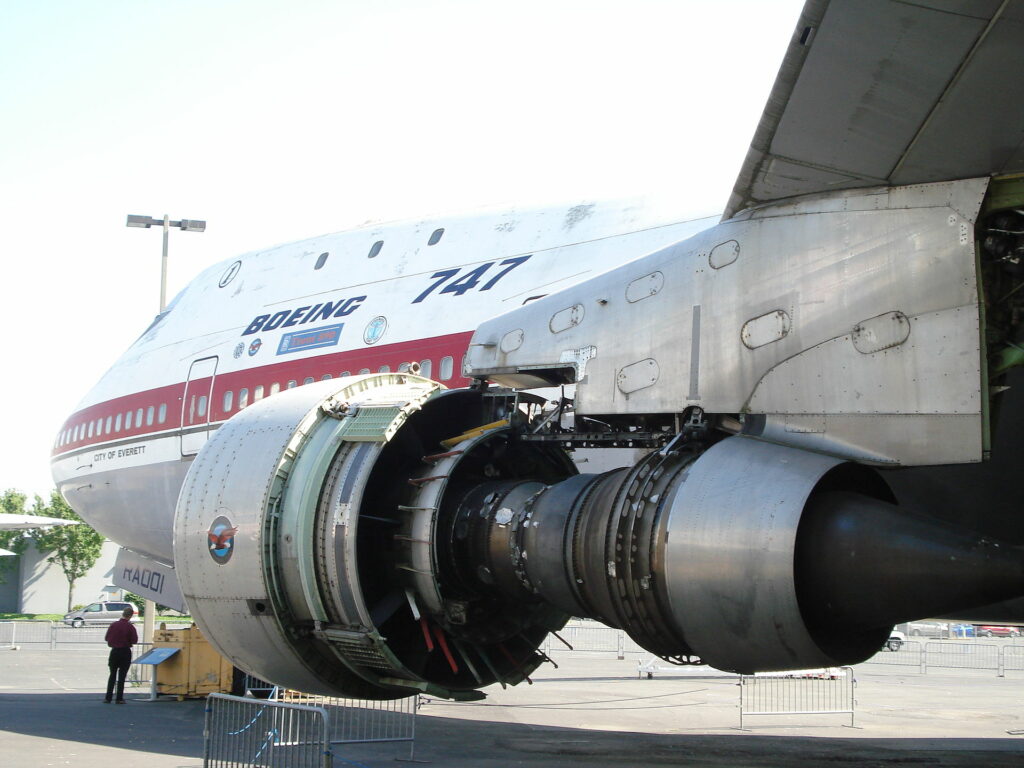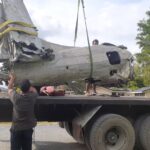“Vintage Aviation News staff did not write this article; the content comes via our partners who wish to help support our website.”
Few advancements have transformed aviation as dramatically as the development and introduction of jet engines. Their introduction marked the beginning of a new era known as the Jet Age. This period, starting in the mid-20th century, witnessed profound shifts in air travel, military strategy, and the overall global landscape.
Grasping the intricacies of the Jet Age can be as challenging as crafting a captivating essay about this historical era. However, if you choose to use a professional online paper writing service and write my essay with best authors, the latter shouldn’t be a problem at all. And regarding the former, this article is designed to provide an accessible and insightful exploration of the Jet Age and its profound influence on aviation, society, and global connectivity.
The Birth of the Jet Age
As the Jet Age was taking off, so were the hopes and aspirations of millions around the world. The promise of speed, efficiency, and greater accessibility to distant places was more real than ever. This age of swift air travel began with the introduction of jet engines, marking an irrefutable departure from the era of propeller-driven aircraft.
The invention of the jet engine can be traced back to the work of Sir Frank Whittle in the United Kingdom and Hans von Ohain in Germany. These pioneers worked separately but concurrently, laying the foundation of the jet engine in the late 1930s and early 1940s. Their work ushered in an era that drastically improved the speed, efficiency, and reach of air travel, bringing about the Jet Age.
Jet Engines: Powering Faster and Further
What differentiated jet engines from their predecessors was their functioning mechanism. Unlike propeller engines, which generate thrust by moving a large amount of air at a slow speed, jet engines operate by propelling a smaller amount of air at high speed. This principle, based on Newton’s third law of motion, facilitated aircraft to reach higher altitudes and speeds, something impossible with propeller-driven planes.
Early Challenges and Solutions
Jet engines, while remarkable for their power and potential, were initially fraught with technical issues. Early jet aircraft were fuel-inefficient and had a limited range, making them unsuitable for long-distance flights. Engine reliability was another significant concern, with early jet engines often experiencing failures and requiring frequent maintenance. However, much like how the academic writing service EssayHub.com helps college students overcome academic challenges, the aviation industry relied on engineering prowess and continuous improvement to push the boundaries of what was possible.
As aviation engineers and mechanics navigated the challenges of designing and implementing a completely new type of engine, they devised solutions to improve the reliability and range of jet-powered aircraft. Their efforts eventually paid off, paving the way for the modern, globally connected world we live in today.
Commercial Aviation and the Jet Age
The impact of the Jet Age extended beyond technical advancements. It played a pivotal role in shaping commercial aviation, significantly reducing travel times and making long-distance travel more accessible.
Before the Jet Age, transatlantic flights were long, expensive, and often grueling affairs. The advent of jet engines led to the emergence of faster, smoother, and more comfortable planes. This enabled airlines to offer a greater number of flights, catering to an ever-growing passenger market. As jet engines became more efficient and reliable, long-haul travel was no longer a luxury but a commodity available to the masses.
The Legacy of the Jet Age
The Jet Age’s legacy extends to our present day. The influence of jet engines is felt across commercial, military, and space aviation. They power our modern airliners, military fighter jets, and even the rockets that take humans to space.
Jet engines not only revolutionized aviation but also triggered technological and social changes. The need for more advanced jet engines spurred a continuous drive for innovation and research, leading to significant advancements in materials science, thermodynamics, and engineering principles. This age of relentless innovation had a trickle-down effect, paving the way for advancements in various other industries, from energy production to automotive design.
Socially, the advent of the Jet Age fostered a global culture of connectivity and accessibility. The ability to travel faster and farther broke down geographical barriers, fostering cultural exchange and global understanding. Jet travel played a crucial role in creating our global village, making it possible to have breakfast in New York, lunch in London, and dinner in Dubai. This new reality of interconnectedness has shaped global geopolitics, economies, and cultural exchanges, making the world a more connected and integrated place.
Conclusion
The Jet Age was not merely a period of technological evolution; it represented a significant shift in how humanity perceived distance and time. The jet engine, the powerhouse of this era, reshaped the face of the globe, making the world a smaller place.
In the quest to understand the Jet Age and its revolutionary impacts, the best research paper writing services can be instrumental in offering you insights. They will ensure that your exploration of this transformative era is both comprehensive and intriguing, providing a valuable perspective on how the introduction of jet engines changed aviation forever.
In the grand narrative of human history, the Jet Age stands out as a testament to our relentless pursuit of progress. It reminds us that the sky is not the limit but rather a playground for our ambitions and dreams. Through the power of jet engines, we have redefined the boundaries of our world, crafting an era of unprecedented speed and connectivity.
“Vintage Aviation News staff did not write this article; the content comes via our partners who wish to help support our website.”

























